So in the fall of 2015 I scalped the back lawn hard, planted a few hundred plugs, and sowed some prairie grass and forb seed.
I can say this for certain -- I have too many ironweed (Vernonia spp) seedlings. It really went to town this year germinating, and if I'm not careful I'll be left with an ironweed and indiangrass meadow.
I've also added some spreaders like Coreopsis palmata and Pycnanthemum virginanum to provide larger floral masses or drifts at low to mid level heights that match the stature of the shorter warm season grasses.
If I had to do this all over again I'd have killed the lawn in one fell swoop and employed a greater degree of patterns with which the garden could grow from. However, it has been fascinating to watch the plants convert lawn for me in slow motion, and to observe general behaviors in what amounts to a hodgepodge I'm backwards designing as I observe succession and competition. In the end, the ground is covered, the primary weed threat is manageable and woody (red cedar, siberian elm, grey dogwood), and there's always something moving in the plants: snake, rabbit, spider, dragonfly, bee, beetle, bird.

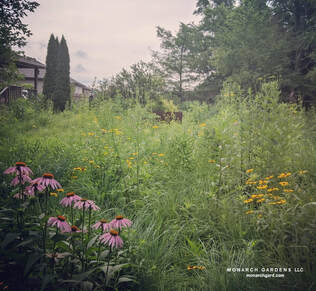
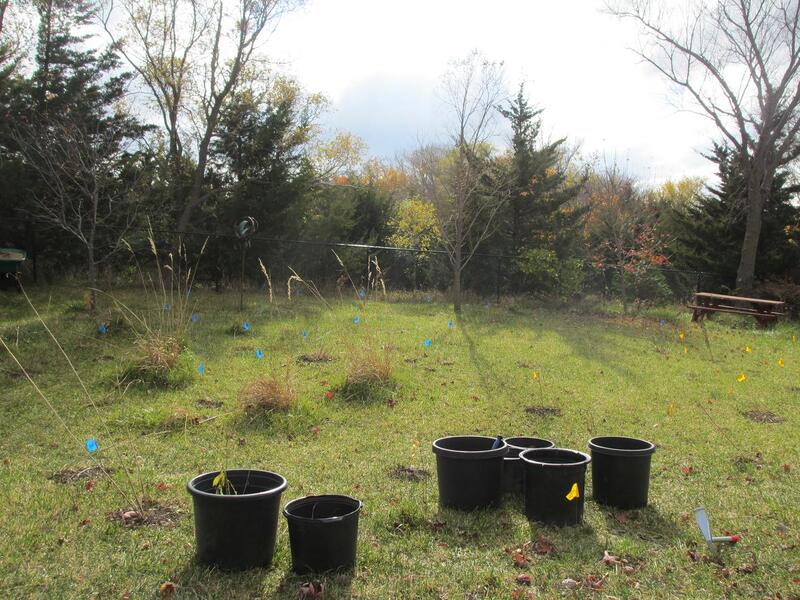
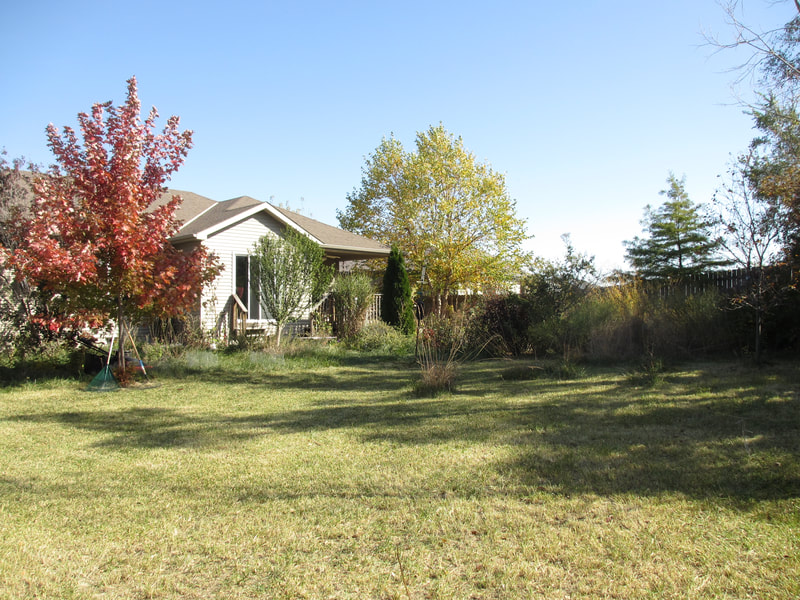
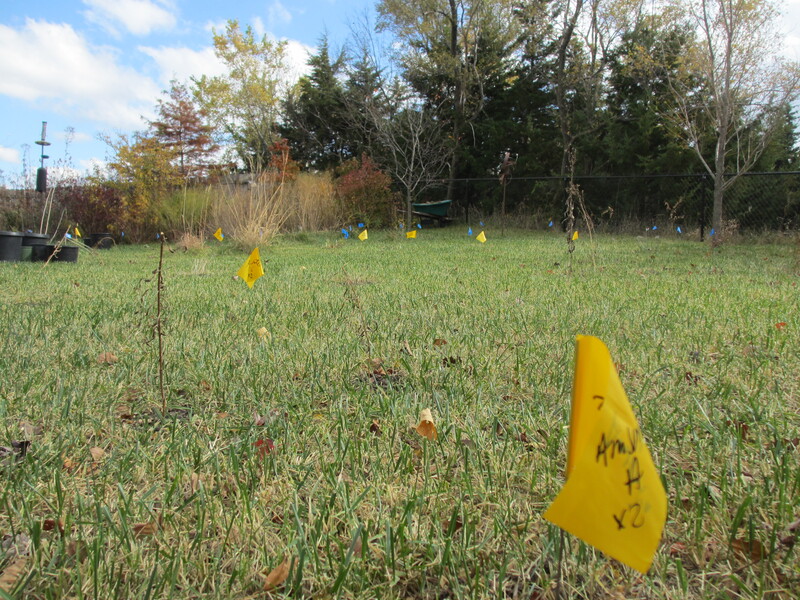
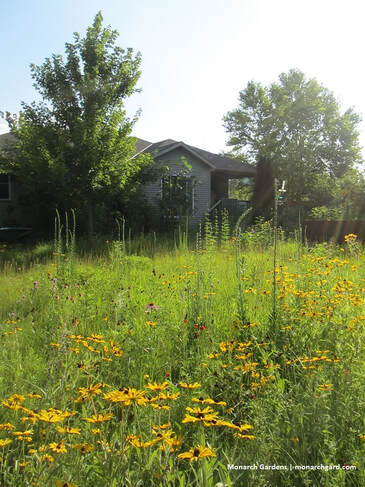
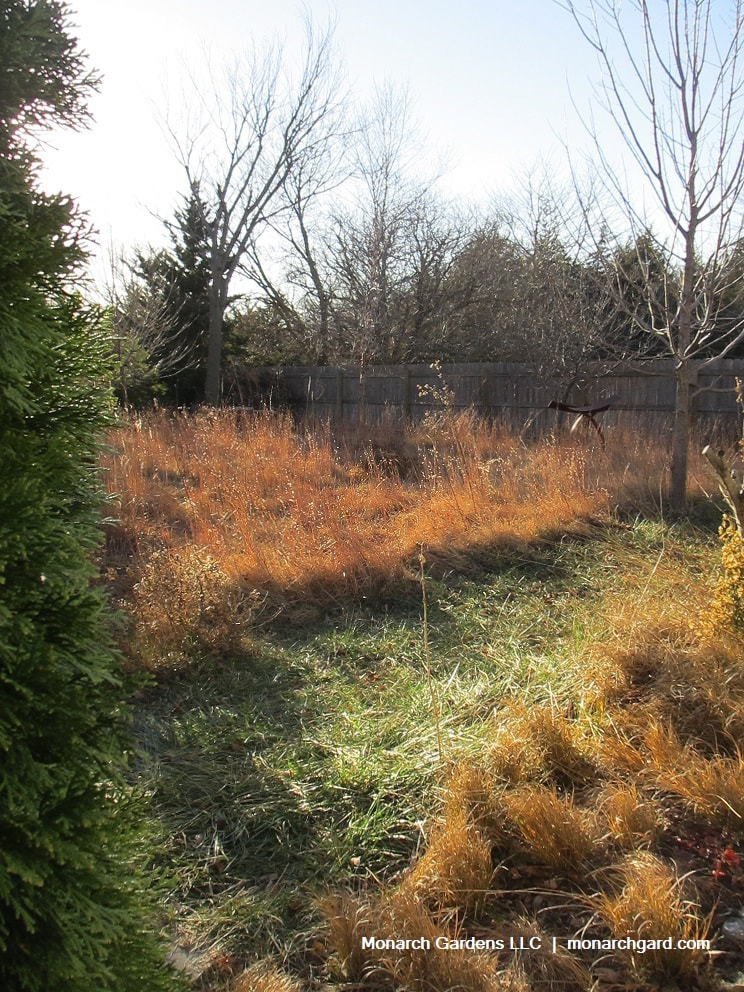
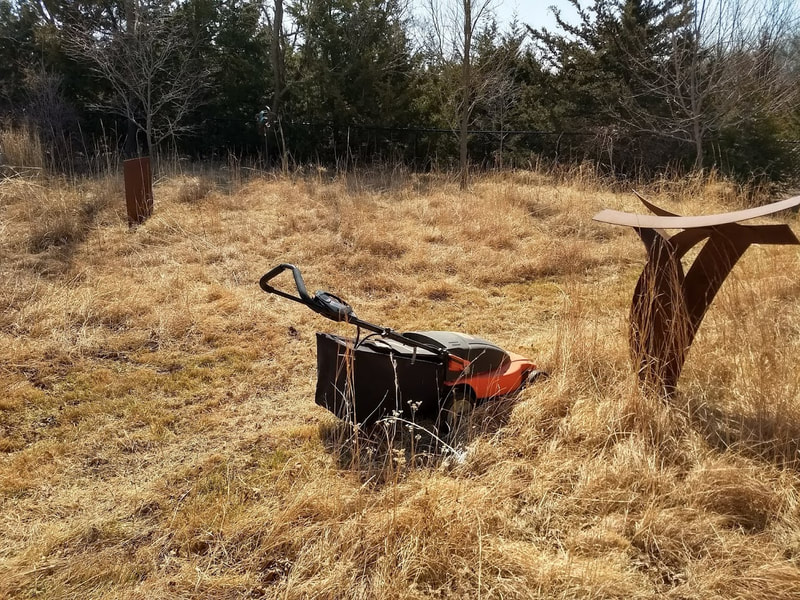
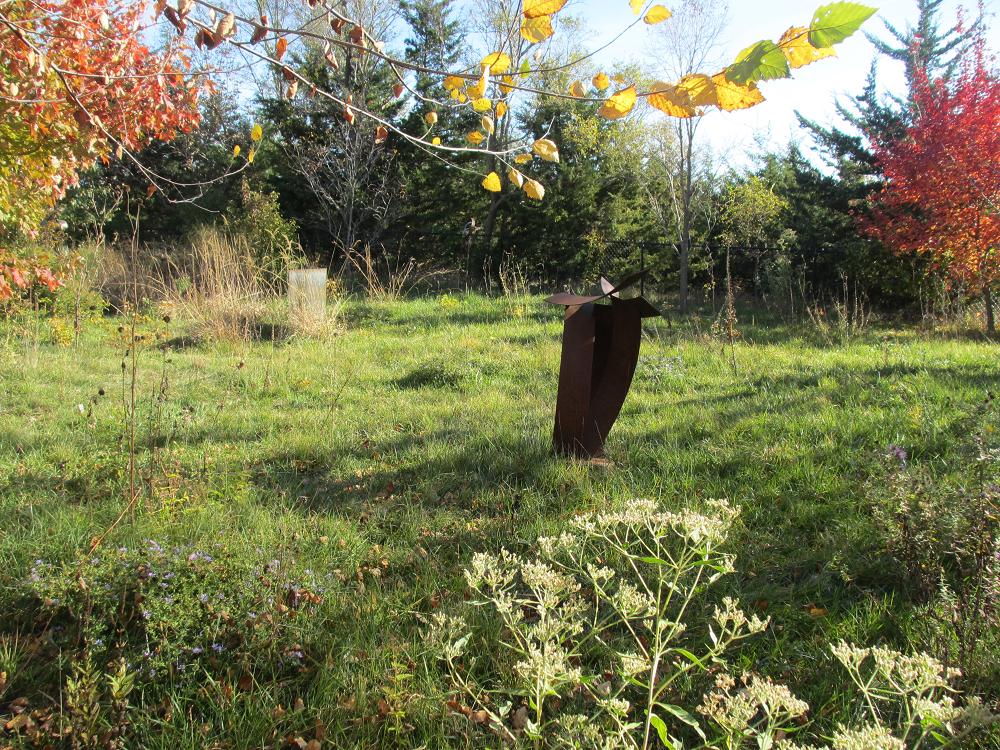
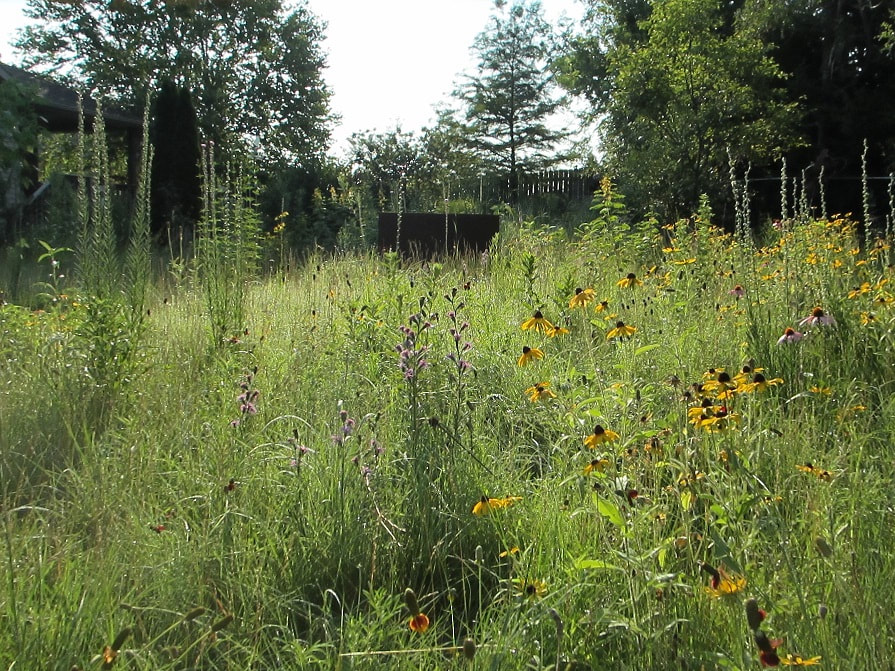

 RSS Feed
RSS Feed

